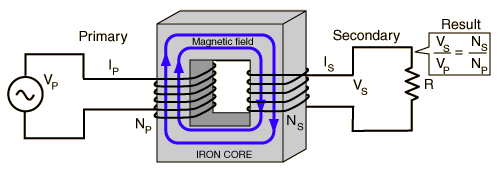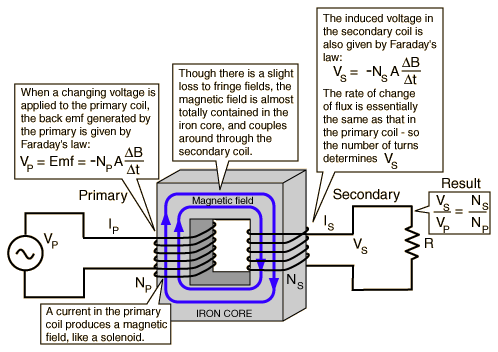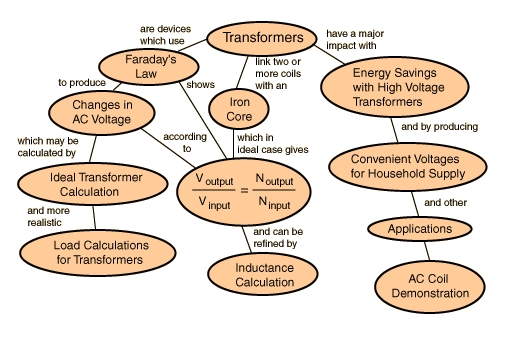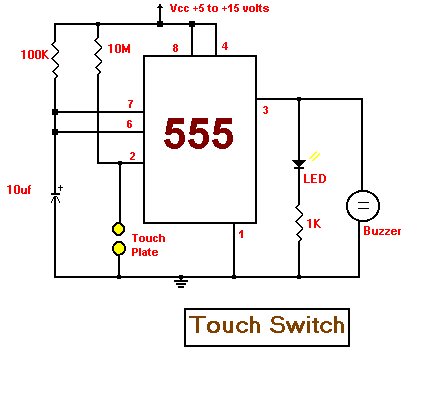This project provides the schematic and the parts list needed to construct a 3V FM Transmitter. This FM transmitter is about the simplest and most basic transmitter to build and have a useful transmitting range. It is surprisingly powerful despite its small component count and 3V operating voltage. It will easily penetrate over three floors of an apartment building and go over 300 meters in the open air.
It may be tuned anywhere in the FM band. Or it may be tuned outside the commercial M band for greater privacy. (Of course this means you must modify your to be able to receive the transmission or have a broad-band FM receiver.) The output power of this FM transmitter is below the legal limits of many countries (eg, USA and Australia). However, some countries may ban ALL wireless transmissions without a licence. It is the responsibility of the constructor to check the legal requirements for the operation of this kit and to obey them.
FM TRANSMITTER CIRCUIT DESCRIPTION

The circuit is basically a radio frequency (RF) oscillator that operates around 100 MHz. Audio picked up and amplified by the electret microphone is fed into the stage built around the first transistor. Output from the collector is fed into the base of the second transistor where it modulates the resonant frequency of the tank circuit (the 5 turn coil and the trimcap) by varying the junction capacitance of the transistor. Junction capacitance is a function of the potential difference applied to the base of the transistor. The tank circuit is connected in a Colpitts oscillator circuit.
The electret microphone: an electret is a permanently charged dielectric. It is made by heating a ceramic material, placing it in a magnetic field then allowing it to cool while still in the magnetic field. It is the electrostatic equivalent of a permanent magnet. In the electret microphone a slice of this material is used as part of the dielectric of a capacitor in which the diaphram of the microphone formsone plate. Sound pressure moves one of its plates. The movement of the plate changes the capacitance. The electret capacitor is connected to an FET . These microphones are small, have excellent sensitivity, a wide frequency response and a very low cost.
First amplification stage: this is a standard self-biasing common emitter amplifier. The 22nF capacitor isolates the microphone from the base voltage of the transistor and only allows alternating current (AC) signals to pass.
The tank (LC) circuit: every FM transmitter needs an oscillator to generate the radio Frequency (RF) carrier waves. The tank (LC) circuit, the BC547 and the feedback 5pF capacitor are the oscillator in the Cadre. An input signal is not needed to sustain the oscillation. The feedback signal makes the base-emitter current of the transistor vary at the resonant frequency. This causes the emitter-collector current to vary at the same frequency. This signal fed to the aerial and radiated as radio waves. The 27pF coupling capacitor on the aerial is to minimise the effect of the aerial capacitance on the LC circuit. The name 'tank' circuit comes from the ability of the LC circuit to store energy for oscillations. In a pure LC circuit (one with no resistance) energy cannot be lost. (In an AC network only the resistive elements will dissipate electrical energy. The purely reactive elements, the C and the L simply store energy to be returned to the system later.) Note that the tank circuit does not oscillate just by having a DC potential put across it. Positive feedback must be provided. (Look up Hartley and Colpitts oscillators in a reference book for more details.)
ASSEMBLY INSTRUCTION
Components may be added to the PCB in any order. Note that the electret microphone should be inserted with the pin connected to the metal case connected to the negative rail (that is, to the ground or zero voltage side of the circuit). The coil should be about 3mm in diameter and 5 turns. The wire is tinned copper wire, 0.61 mm in diameter. After the coil in soldered into place spread the coils apart about 0.5 to 1mm so that they are not touching. (The spacing in not critical since tuning of the Tx will be done by the trim capacitor. It is quite possible, but not as convenient, to use a fixed value capacitor in place of the trimcapacitor - say 47pF - and to vary the Tx frequency by simply adjusting the spacing of the coils. That is by varying L of the LC circuit rather than C.) Adding and removing the batteries acts as a switch.Connect a half or quarter wavelength antenna (length of wire) to the aerial point. At an FM frequency of 100 MHz these lengths are 150 cm and 75 cm respectively.
CIRCUIT CALIBRATION
Place the transmitter about 10 feet from a FM radio. Set the radio to somewhere about 89 - 90 MHz. Walk back to the FM transmitter and turn it on. Spread the winding of the coil apart by approximately 1mm from each other. No coil winding should be touching another winding. Use a small screw driver to tune the trim cap. Remove the screwdriver from the trim screw after every adjustment so the LC circuit is not affected by stray capicitance. Or use a plastic screwdriver. If you have difficulty finding the transmitting frequency then have a second person tune up and down the FM dial after every adjustment. One full turn of the trim cap will cover its full range of capacitance from 6pF to 45pF. The normal FM band tunes in over about one tenth of the full range of the tuning cap.
So it is best to adjust it in steps of 5 to 10 degrees at each turn. So tuning takes a little patience but is not difficult. The reason that there must be at least 10 ft. separation between the radio and the FM transmitter is that the FM transmitter emits harmonics; it does not only emit on one frequency but on several different frequencies close to each other. You should have little difficulty in finding the Tx frequency when you follow this procedure.
LEARNING EXPERIENCE
It should already be clear from the above circuit description that there is a surprising amount of electronics which may be learnt from this deceptively simple kit. Here is a list of some advanced topics in electronics which can be demonstrated or have their beginnings in this project:
Class C amplifiers; FM transmission; antennas; positive and negative feedback; stray capacitance; crystal-locked oscillators; signal attenuation The simple halfwave antenna used in the project is not the most efficient. Greater efficiency may be gained by connecting a dipole antenna using 50 ohm coaxial . Connect one lead to the Antenna point and the other to the earth line.
You may experiment using 6V or 9V with the circuit to see how this increases the range of the transmitter. The sensitivity may be increased by lowering the 22K to 10K. Try it and see. Note that this FM transmitter is not suitable for use on your body, for example, in your pocket. This is because it is affected by external capacitance and the transmitting frequency drifts depending how close you are to it. Stray capacitance is automatically incorporated into the capacitance of the tank circuit which will shift the transmitting frequency.
FM TRANSMITTER PARTS LIST



























